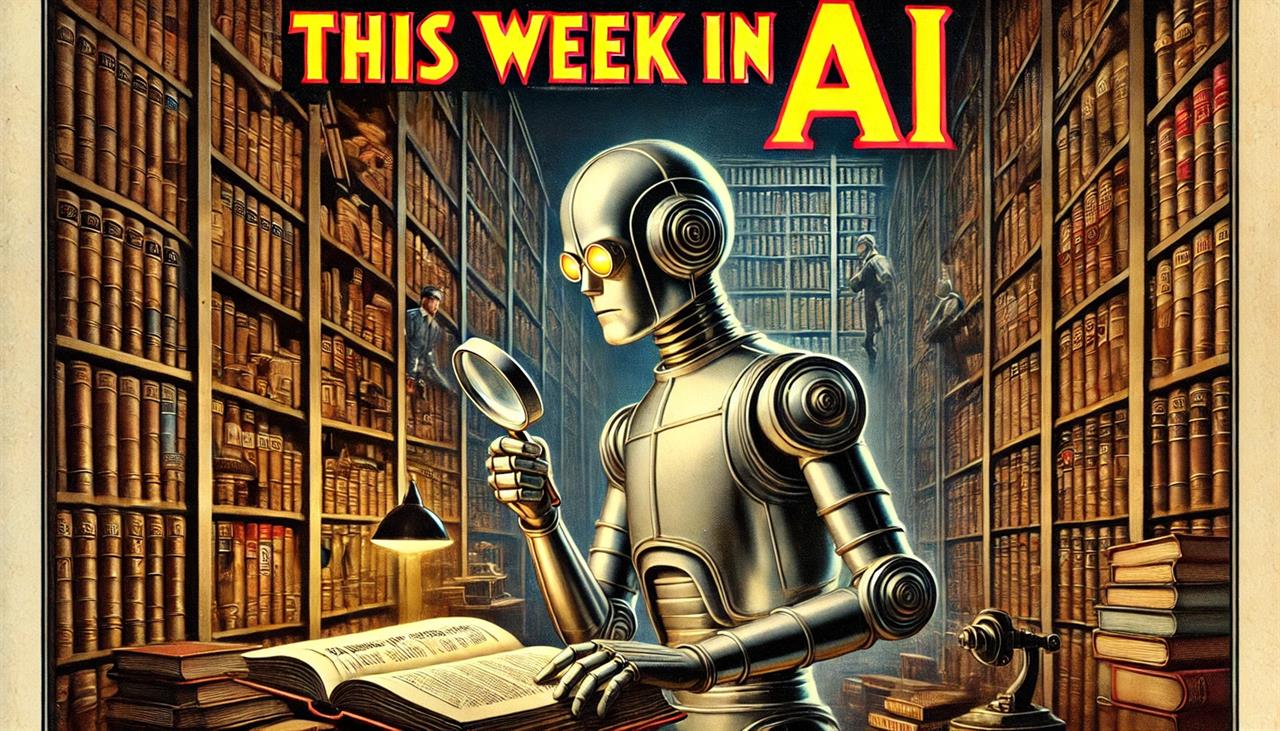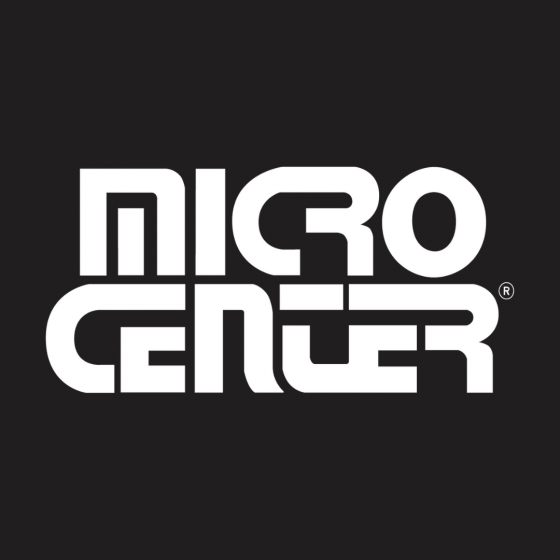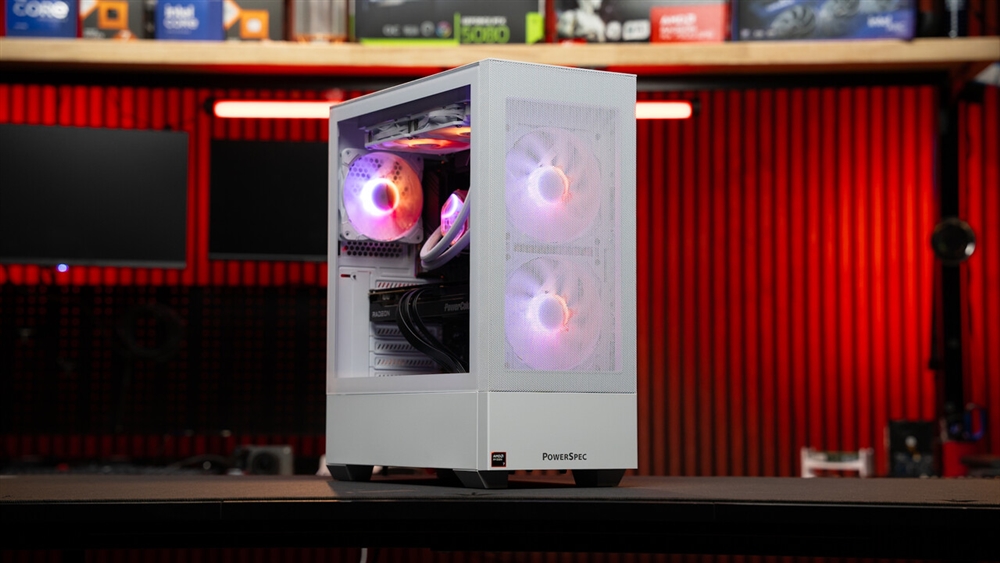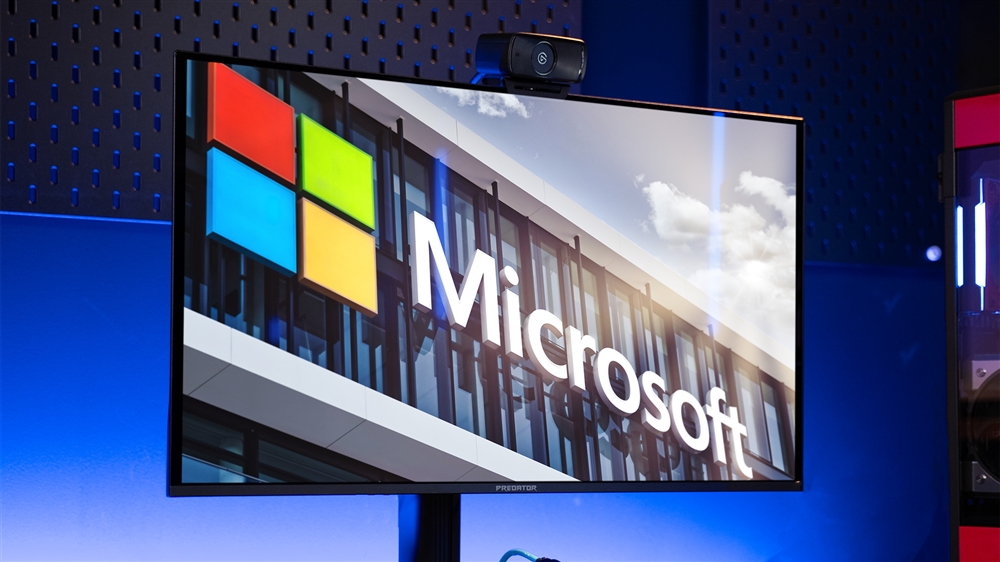This Week in AI: OpenAI Embraces Search
For July 26, 2024: Meet the new SearchGPT, plus Amazon adds AI movie picks, tech stocks tumble, and more.News
 Image: ChatGPT; Prompt: Dan Ackerman
Image: ChatGPT; Prompt: Dan AckermanThe future of search is becoming an increasingly open question, as OpenAI and Microsoft announced new search functions this week. OpenAI revealed a prototype SearchGPT Thursday, after Microsoft began adding generative AI summaries to its Bing search engine Wednesday. Both moves came following wide criticism Google faced for doing the same thing a few months earlier.
So what's the deal?
OpenAI and Microsoft appear to be trying to learn from Google's mistakes. Where Google's AI initially provided an authoritatively-written answer to your search query, with links at the bottom, OpenAI and Microsoft appear to be attempting answers with citations linked alongside the text of a response.
So, asking what a spaghetti western is, for example, would provide you with a list describing typical characteristics of that movie genre, with links at the end of each bullet item. Or asking when an event will happen will provide a description and link to relevant dates.
OpenAI described SearchGPT as “a temporary prototype of new AI search features that give you fast and timely answers with clear and relevant sources.”
Meanwhile, Microsoft said, “we've refined our methods to optimize accuracy in Bing," adding that its early data indicates people still click through to source links as much as they did before.
AI Costs Growing for Big Tech
Tech industry stocks tumbled this week, sparking a combined $1 trillion in losses across the Nasdaq 100 Index on Wednesday alone. It may be a case of AI giveth, and AI taketh away as seen with quarterly financial reports from Google parent Alphabet and electric car maker Tesla. Both companies said they are effectively still investing heavily in AI but have more expenses than profits to show from it so far.
For his part, Alphabet CEO Sundar Pichai keeps promising it'll all be worth it, telling investors this week that "the risk of underinvesting is dramatically bigger than the risk of overinvesting for us here." Meanwhile, Tesla CEO Elon Musk talked about self-driving cars driving on their own without humans starting next year.
Amazon using AI for video recommendations
Amazon said it's going to start using AI recommendations in its Prime Video service, suggesting shows based on what you've liked before. Sure, this may not seem much different from Netflix's existing recommendation service, or Spotify's playlists, but it's another sign how companies are embracing AI even further.
One feature that sets Prime Video apart though is that its connection to services like Max, Paramount Plus, Showtime and Starz means that if you're a subscriber with them, Amazon will recommend relevant shows, movies and other content from those apps as well.
You'll see these features as part of a “Made for You” collections within the “Movies“ and ”TV Shows” parts of the Prime Video app. "Rather than showing content from specific add-on subscriptions and different purchase options, Prime Video will simplify things by grouping titles tailored to your interests," Amazon said.
Anthropic faces questions about its crawler
Over the past few months, the simmering debate about how AI companies find data to feed to their systems has been growing.
OpenAI's CTO Mira Murati notably became a big part of the debate in March, when Wall Street Journal columnist Joanna Stern asked whether the company's much-hyped Sora video generating technology was built using videos taken from YouTube, Instagram and Facebook. Murati's strained facial expression while saying she didn't know became a meme.
Then, earlier this summer, Forbes and Wired publicly accused AI startup Perplexity of plagiarism, stealing content from them and other publications to feed its "answer engine." (Perplexity's CEO told the Associated Press at the time that his company "never ripped off content from anybody.")
Last week, an investigation by Proof News and Wired found that Apple, Anthropic, NVIDIA, Salesforce and other big tech companies are training their AI systems with transcripts of YouTube videos, taken without content creator's permissions.
Now, AI startup Anthropic is being accused of scraping websites even when it's explicitly asked not to. Kyle Wiens, the CEO of the popular repair brand iFixit, posted a message publicly asking Anthropic why it continues to attempt collecting information from his company's site despite being explicitly banned by his terms of service and robots.txt file. "You're not only taking our content without paying, you're tying up our developers' resources. Not cool," he posted. "If you want to have a conversation about licensing our content for commercial use, we're right here."Read more: AI Tools and Tips
- Microsoft Surface Laptop Review: The First Copilot Plus PC
- How To Use AI to Convert a Photo to a 3D Model
- What is TOPS? The AI Performance Metric Explained
- Copilot Plus PCs vs AI PCs: What's The Difference?
- Hands-on with the Faster, Smarter ChatGPT-4o AI
- Why Coders are Learning to Love Copilot
- How to Get NVIDIA Chat with RTX: Local AI for Everyone
- How to Make Sure Your Next Computer Is AI Ready
Ian Sherr is a widely published journalist who's covered nearly every major tech company from Apple to Netflix, Facebook, Google, Microsoft, and more for CBS News, The Wall Street Journal, Reuters, and CNET. His stories and their insights have moved markets, changed how companies see themselves and given readers a unique view into how some of the world’s most powerful brands operate. Aside from writing, he tinkers with tech at home, is a longtime fencer -- the kind with swords -- and began woodworking during the pandemic.
Comment on This Post
See More Blog Categories
Recent Posts
From Dorm Room to Office Desk: How to Prep Your College PC for the Professional World
With a few upgrades and a little cleanup, your beat-up college PC will be ready for your first job, freelance gigs, and endless Zoom meetings.
Continue Reading About From Dorm Room to Office Desk: How to Prep Your College PC for the Professional WorldThis Week in AI: Microsoft's Says AI Can Diagnose Patients Better Than Doctors
For July 4, 2025: Cloudflare blocking chatbots, ChatGPT referrals to news sites tick up, AI laws remain for states to decide.
Continue Reading About This Week in AI: Microsoft's Says AI Can Diagnose Patients Better Than Doctors









